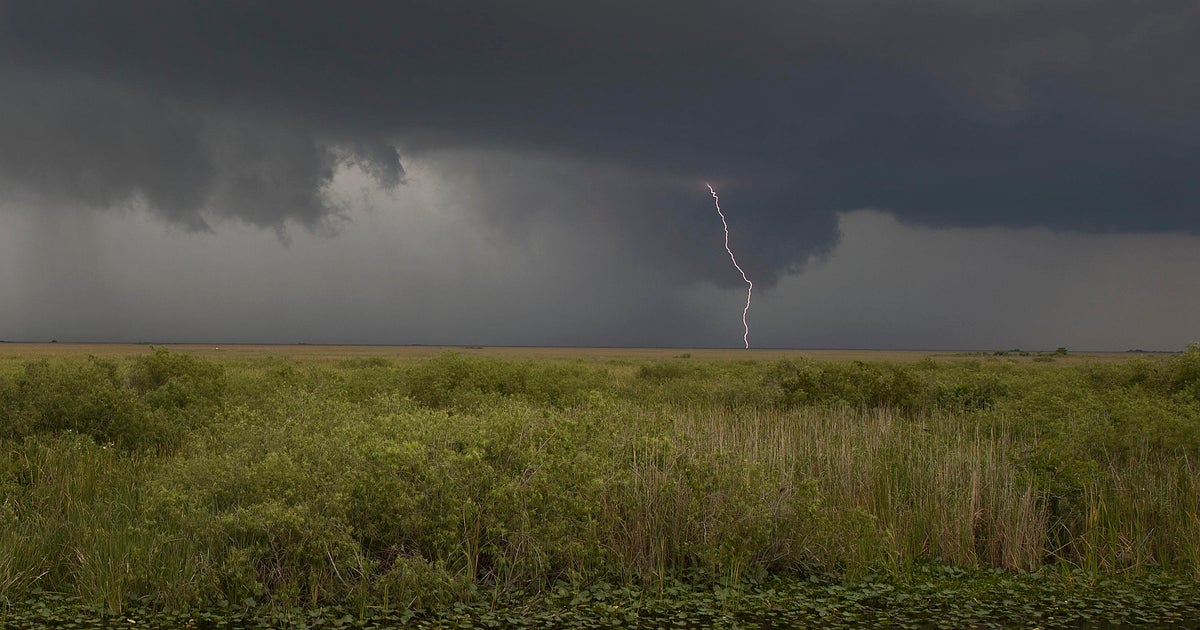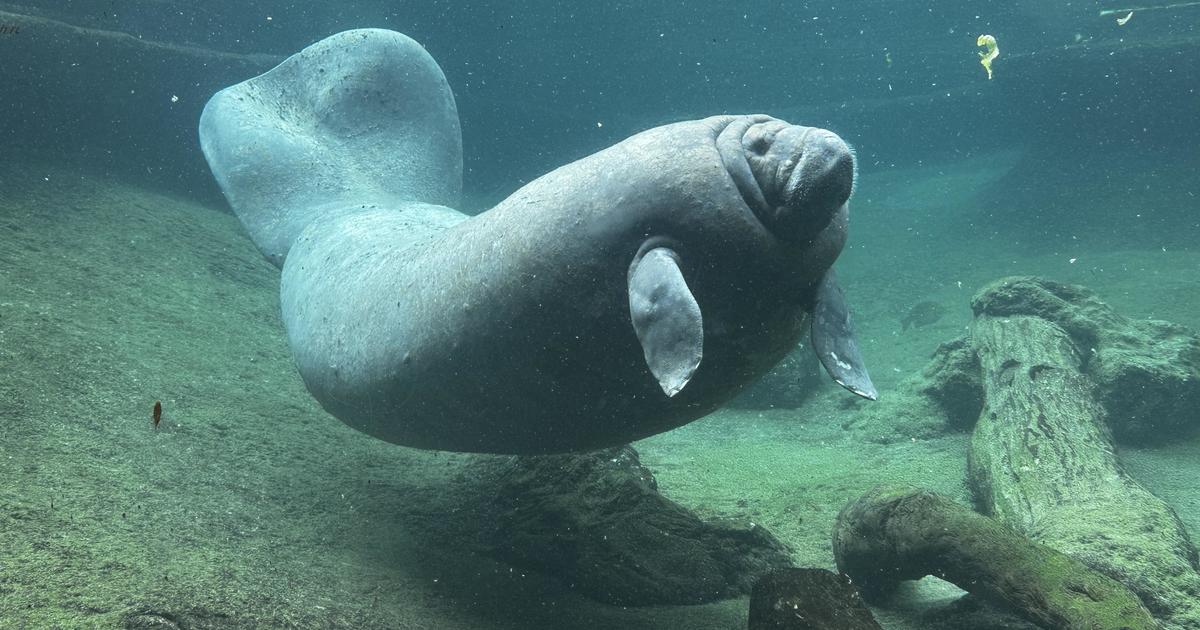Widow, US Reach Settlement Deal In Florida Anthrax Death
MIAMI (CBSMIAMI/AP) – A tentative settlement has been reached between the U.S. government and the widow of a Florida tabloid photo editor who died in the 2001 anthrax mailings.
The agreement between the U.S. and Maureen Stevens of Lake Worth still has to be approved by the Justice Department, according to court documents filed late last week in West Palm Beach federal court.
Details of the settlement were not disclosed. Stevens' lawsuit had sought as much as $50 million in damages.
A federal judge in West Palm Beach had set Wednesday to hear arguments to dismiss the lawsuit.
A trial had been set for early 2012.
In her lawsuit, originally filed in 2003, Stevens had claimed that the government was negligent in failing to stop someone from working at an Army infectious disease lab from creating weapons-grade anthrax used in letters that killed five people and sickened 17 others. Her husband, Robert Stevens, was the first victim.
Robert Stevens worked in Boca Raton at American Media Inc., the publisher of the National Enquirer, Sun and Globe tabloids, when he was exposed to anthrax. He died Oct. 5, 2001.
In court documents, the government contended that there was no proof its actions, or lack of adequate security or precautions, directly caused his death. The motions also rejected Maureen Stevens' claim that the U.S. Army Medical Research Institute of Infectious Diseases at Fort Detrick, Md., had a history dating to 1992 of missing pathogens and failure to track dangerous microbes.
An FBI criminal investigation concluded in 2010 that a lone federal scientist, Dr. Bruce Ivins, staged the anthrax attacks in the fall of 2001. The anthrax was mailed to locations in Florida, New York and Washington, D.C., including a Senate office building.
Ivins committed suicide in 2008 as the investigation closed in around him.
New documents filed in Stevens' lawsuit in the spring cast doubt on whether Ivins acted alone. In sworn statements, two of Ivins' superiors said they didn't believe the scientist was solely to blame for the attacks.
According to the documents, W. Russell Byrne, the chief of bacteriology at the biodefense lab from 1998 to early 2000, told Stevens' attorneys that Ivins "did not have the lab skills to make the fine powdered anthrax used in the letters" and that it would have been difficult for Ivins to do the work at night undetected.
Gerard Andrews, who was chief of bacteriology at the biodefense lab from 2000 to 2003, told lawyers it would have taken Ivins six months to a year to refine the anthrax spores used in the deadly mailings, instead of the roughly 20 hours the FBI found he spent at night in the lab. Andrews also said Ivins did not have the expertise to do the work and some of the necessary equipment wasn't available at Fort Detrick at the time.
The U.S. government reached a $5.8 million settlement with another former Fort Detrick scientist, Steven Hatfill, whom then-Attorney General John Ashcroft publicly identified as "a person of interest" in the investigation in 2001. Hatfill was eventually cleared, and he sued the government, accusing the Justice Department of violating his privacy.
(TM and © Copyright 2011 CBS Radio Inc. and its relevant subsidiaries. CBS RADIO and EYE Logo TM and Copyright 2010 CBS Broadcasting Inc. Used under license. All Rights Reserved. This material may not be published, broadcast, rewritten, or redistributed. The Associated Press contributed to this report.)



